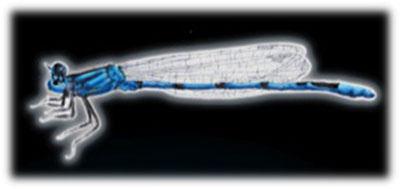TAKEOKA Research Group
Japanese / English
Research for creating "smart" soft materials
Research Topics :
"Smart Gel and Organic inorganic fusion soft materials"
Polymer gel is one of the research subjects of macromolecular science that has made rapid progress in the last 30 years. A polymer gel is defined as "a substance belonging to an intermediate state between a solid and a liquid that does not dissolve but swells while absorbing a much amount of solvent by crosslinking a polymer to form a three-dimensional network structure”. There are already many products that utilize the properties of polymer gel (liquid semi-solidification, slow release, molecular sieving ability, biocompatibility, lens function, etc.) in our lives. Regarding basic research as well, a lot of knowledge about polymer gel has been obtained by developing recent measurement methods.
Our group is working on research on smart gels with even higher performance than conventional polymer gels, such as exhibiting high performance mechanical and optical properties that can be used for biomaterials, and sensors.
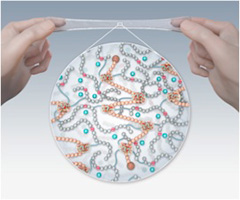
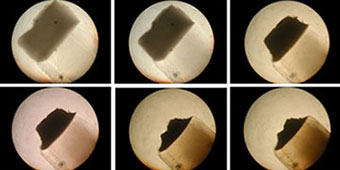
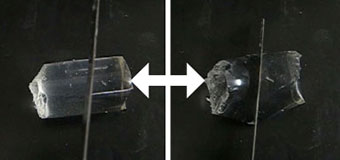
"Structural colored material"
Structure color is a phenomenon that coloration occurs by the fine structure of the wavelength of light without using pigments or dyes. Traditionally, "structural color" is described as "bright color with angle-dependence observed from material whose refractive index is periodically changed with the wavelength size of visible light".
Our group made discovery that overturn this traditional explanation;
structural colors do not always show angle-dependence in some cases. We found that a system with a short-range order in the refractive index change displays a structural color without angle-dependence.
Structural colored materials can be prepared from safe and inexpensive materials and become nonfading, so we are considering application as new coloring materials.
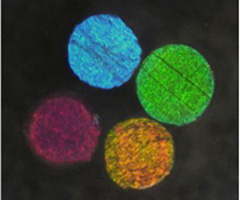
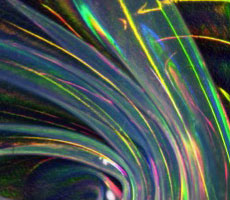
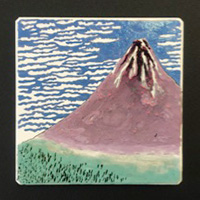
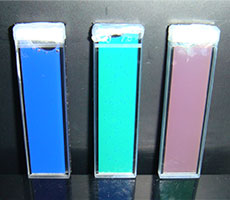
"Functional organic inorganic fusion colloidal particle"
Particles with a diameter of about 1 nm to 1 μm are called colloidal particles.
Our group is working on research on functional organic inorganic fusion colloidal particles exhibiting optical function, environmental response, molecular recognition and so on.
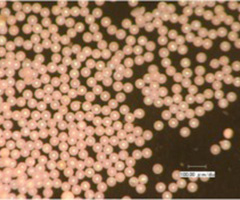
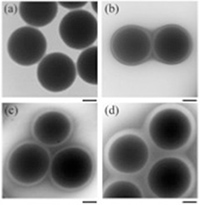
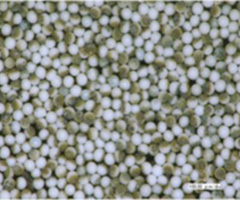
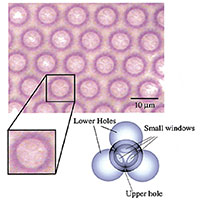
"Bio-inspired material"
An artificial material that surpasses the function of a living body can be obtained by copying the structure and function of living organisms, plants, or their materials and molecules.
Our group is working on the development of biosensors, biomechanical devices, bio-optical materials, etc. with hints on the structure and functions of living organisms by combining inorganic materials, organic materials and biomaterials.

